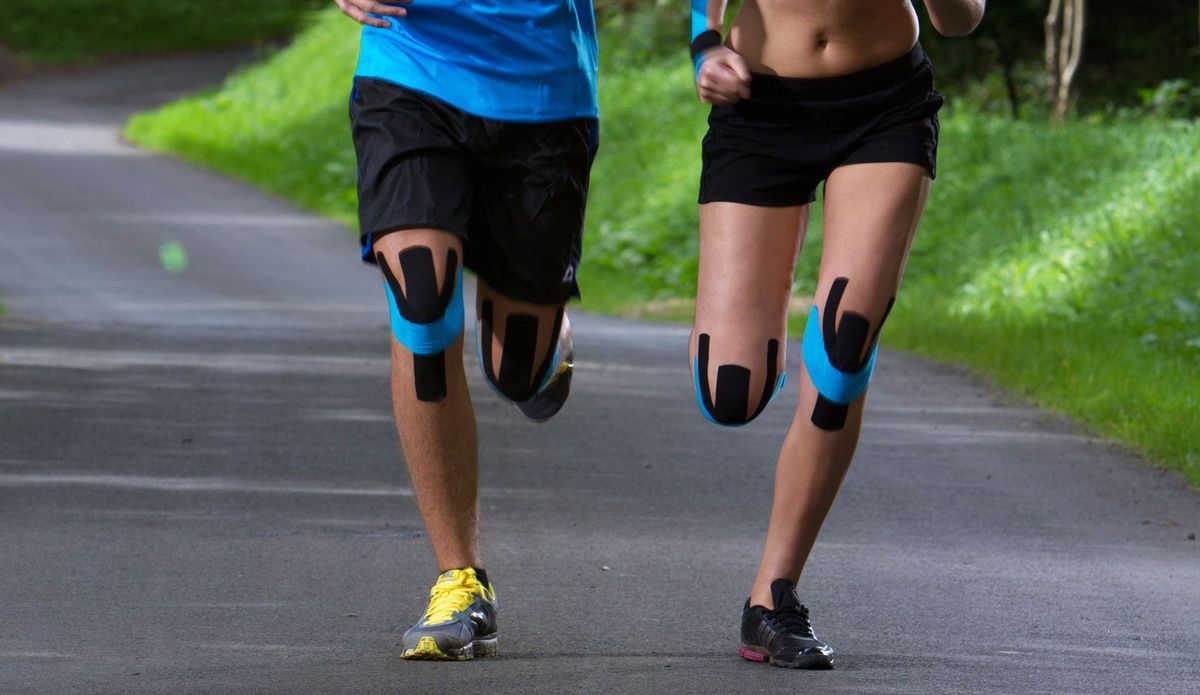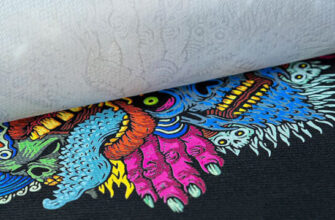Kinesiotaping, often called taping, is a taping method by gluing a special tape (with elastic properties) to the surface of the body. Kinesiology taping developed by Dr. Kenzo Kase, Japanese chiropractor in the 1970s. Dr. Kenzo Kase created a special elastic band – dynamic plaster, used in this method. The principles of using kinesio taping are based on kinesiology, the science of the movement of the human body. 
Kinesiotaping – what is it?
Kinesiotaping (kinesiology taping), also known as dynamic taping, is one of the therapeutic methods, used by physiotherapists. This is the gluing of special flexible tapes, which can be purchased on the page https://nopain.com.ua/, to certain parts of the body. The method is very popular 10 years old.
How it works?
Kinesiotaping, despite the absence of any chemical, pharmacological substances, that could penetrate the skin, gives an extremely beneficial effect, as evidenced by numerous publications. The effect is often immediate.. Of course, this method should not be considered as a panacea for all diseases of the musculoskeletal system, but worth keeping in mind, what is kinesiology taping, as one of the few methods, allows you to quickly get rid of pain or, at least, reduce it.
Kinesio plasters are especially popular with athletes.. In a situation, when there is trauma and pain, eg, knee pain, the use of tape may allow the competition to continue without pain, also providing a sort of passive support for the muscle and protecting it from further damage. Dynamic taping also allows you to increase muscle strength by improving blood circulation.. For this reason, they were once considered a doping agent.. However, the absence of chemicals, entering the bloodstream, ended up ruling it out.
Who Can Benefit From Kinesiology Taping??
Kinesio taping is effective for many diseases, how sharp, as well as chronic. Its application is not limited to the musculoskeletal area only. – locomotive apparatus. The indications for kinesiology taping are:
- injuries and bruises, such as muscle tear, joint sprain (eg, twisted ankle),
- spinal and chest defects,
- pain syndromes of the spine and limbs (eg, Kinesio taping of the knee, shoulder and neck),
- degenerative pain disorders,
- lymphedema, eg, women after mastectomy (so-called lymphatic taping ),
- paralysis of the facial nerve,
- swallowing disorder,
- the occurrence of extensive bruising as a result of injuries,
- scar treatment,
- therapy of neurological patients…
Kinesiology patches can be used on almost all parts of the body, eg, to fix the shoulder, wrists, spine, calf or dynamic belly taping.
Taping patches – What is the difference?
The term "dynamic patches" is used for a reason.. This is due to the fact, that their gluing does not interfere with movement, but allows the tape to act dynamically on the skin and muscles.
Physiotherapy tapes have specific properties. They are made from the highest quality cotton., similar in thickness and stretch to human skin. They are covered with medical glue., which provides strong adhesion to the surface of the skin. It is important to note, that rehabilitation plasters do not cause negative skin sensations in the form of discomfort, associated with their wearing..
Kinesiotaping – effects
Therapists' opinions about the use of kinesiology taping are very flattering.. Reducing pain by tightening the skin and reducing irritation of pain receptors – here are the main reasons, why patients often refer to kinesiology patches as pain relievers.
Local improvement of blood circulation and increased venous blood flow improves metabolism and promotes faster removal of waste products. Kinesio taping for lymphedema allows you to drain excess lymph, thereby reducing swelling. Dynamic taping is also used in pediatrics. Correction of the position of limbs or supporting muscle functions to facilitate movement – examples of the use of kinesio taping in children .
Kinesiotaping – at the physiotherapist or at home?
The most frequently asked question about kinetic tapes: how to apply kinesio plasters? Also frequently asked questions: which kinesiology taping tape to choose, how to stick kinesio tape on the spine , how to put tape on back, are tapes good for injuries?
However, most experts do not approve of independent attempts to use kinesiology tapes.. This is due to the need to have relevant knowledge both in relation to the structure of the human body, diagnosis and treatment of diseases, and the work of physiotherapy patches. Self-use of patches, probably, will not bring expected results. The best thing to do is a physiotherapist., who knows how much and how to stick such tapes.
Also, many are interested in their wide range of colors.. But the color itself has only aesthetic value here.. However, for extensive use, medical tapes of several colors are used, which can greatly facilitate bonding.













I love doing yoga, so sometimes without stretching the muscles can not do. Previously had to skip the next session through the pain, but since then I've been using teips – never, because the pain is already through 10-15 min. after imposition. I don't take it off for two or three days, even if I take a shower, and it doesn't stick at all.. I recommend Mighty X rolls to all physically active people. dignity: Fast pain relief, stays on the skin for a long time, waterproof, pleasant to the touch material